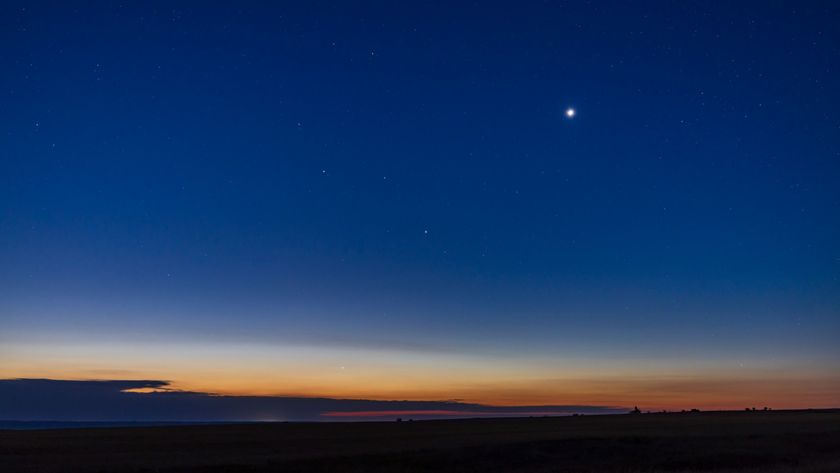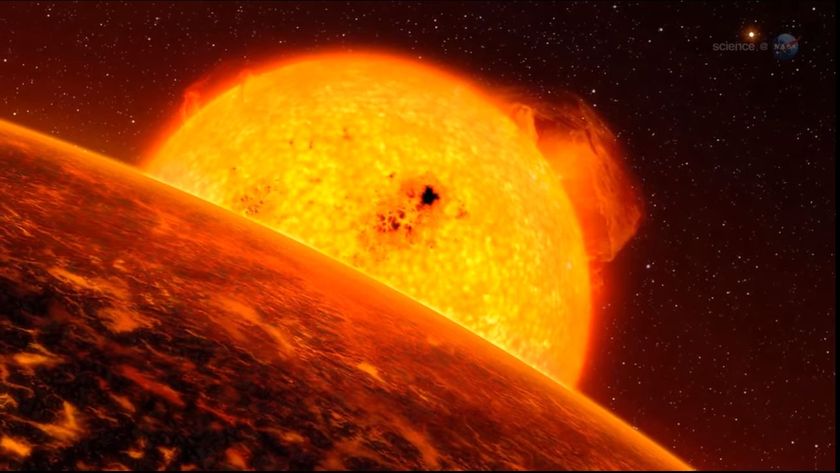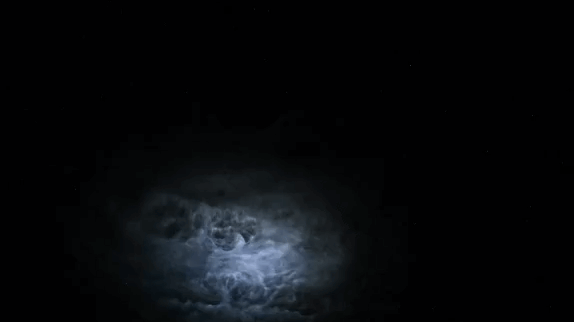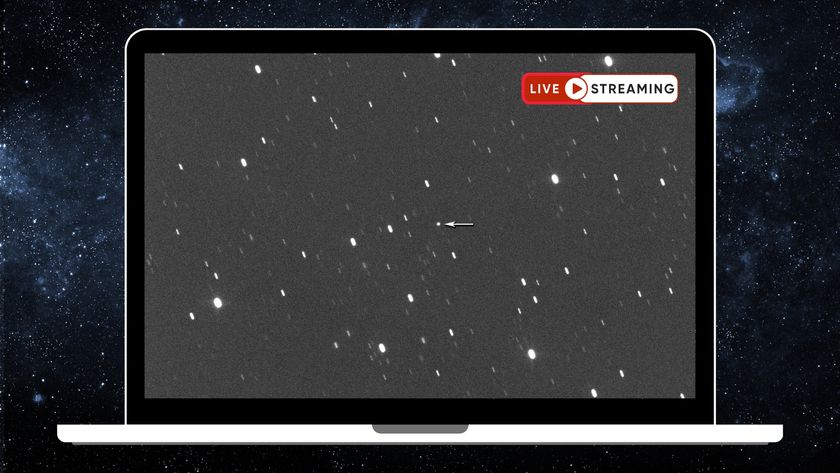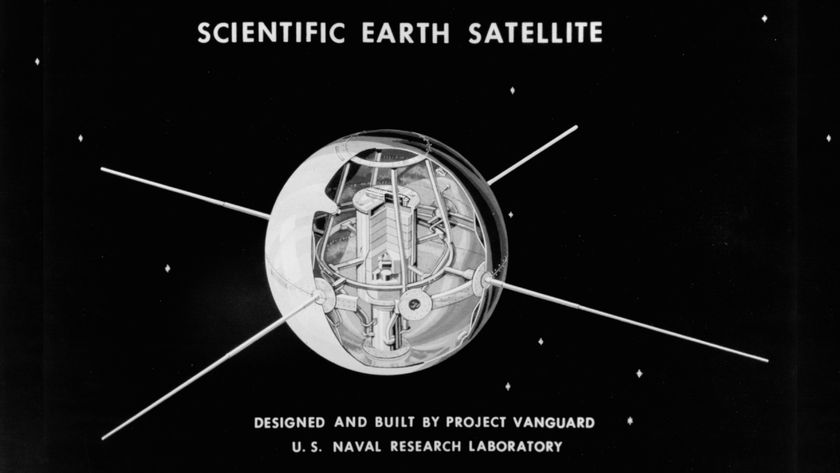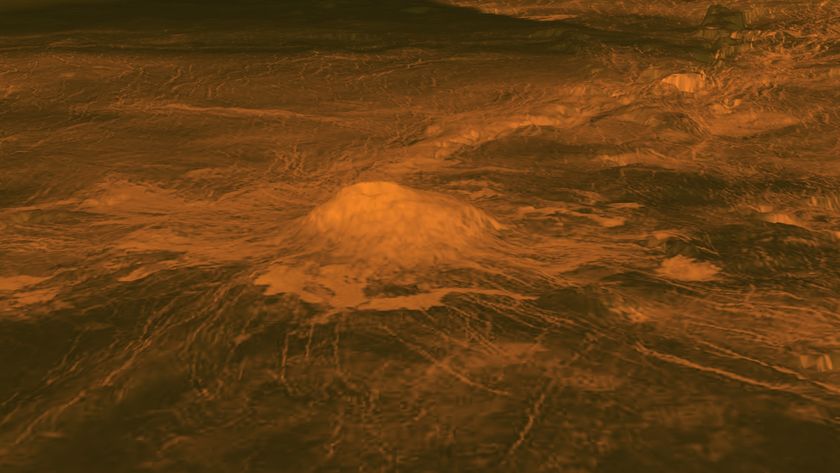How to Spot the Hiding Moon
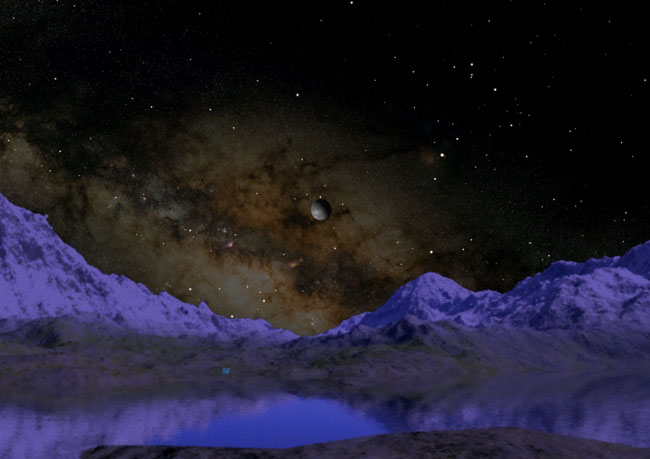
At this time of the month,some people are often puzzled by the disappearance of the moon.
Last night, there was abig brightfull moon looming on the eastern horizon at sunset. But tonight it seems atfirst to be gone. Then, a little later in the evening, it rises in the east.Tomorrow night, it will put in an even later appearance.
So what?s happening withthe moon?s game of astronomical hide-and-seek?
The moon is actuallymoving along in its orbit around the Earth. This has the effect of moonrisebeing approximately 50 minutes later each night.
By the weekend, the moonwon?t be rising until about 3 a.m. ET in the morning.
The key to observing themoon if you don?t want to stay up all night is to look for it first thingin the morning.
The waning moon is bestobserved right after sunrise in the morning sky. Look in the southern sky (ifyou?re in the northern hemisphere) and there it will be, riding high in a clearblue sky (weather permitting).
Get the Space.com Newsletter
Breaking space news, the latest updates on rocket launches, skywatching events and more!
Some people seem puzzledas to how the moon can be seen in daylight. The sun shines during the day andthe moon shines at night, right?
Wrong. Nearly every day ofthe month, the moon spends about half the time in the daytime sky. The onlyexception is the one night in the month when the moon is full. That?s the onlynight when the moon is exactly opposite the sun in the sky [more moonimages].
The rest of the month, thesun and moon share the sky at least part of the day. When the moon is new, itis so close to the sun that it can?t be seen at all, except when it gets tooclose, and actually eclipsesthe sun.
So, next week, have a lookfor the daytime moon any nice clear morning.
- Images- Full Moon Fever
- HowLunar Eclipses Work
- More NightSky Features from Starry Night Education
This article was provided to SPACE.comby Starry Night Education,the leader in space science curriculum solutions.
Join our Space Forums to keep talking space on the latest missions, night sky and more! And if you have a news tip, correction or comment, let us know at: community@space.com.

Geoff Gaherty was Space.com's Night Sky columnist and in partnership with Starry Night software and a dedicated amateur astronomer who sought to share the wonders of the night sky with the world. Based in Canada, Geoff studied mathematics and physics at McGill University and earned a Ph.D. in anthropology from the University of Toronto, all while pursuing a passion for the night sky and serving as an astronomy communicator. He credited a partial solar eclipse observed in 1946 (at age 5) and his 1957 sighting of the Comet Arend-Roland as a teenager for sparking his interest in amateur astronomy. In 2008, Geoff won the Chant Medal from the Royal Astronomical Society of Canada, an award given to a Canadian amateur astronomer in recognition of their lifetime achievements. Sadly, Geoff passed away July 7, 2016 due to complications from a kidney transplant, but his legacy continues at Starry Night.


